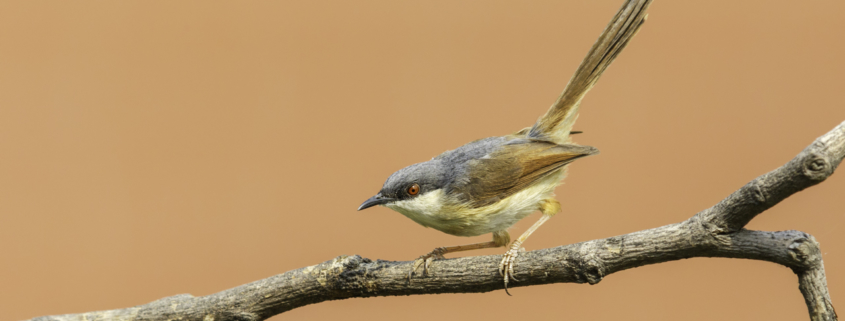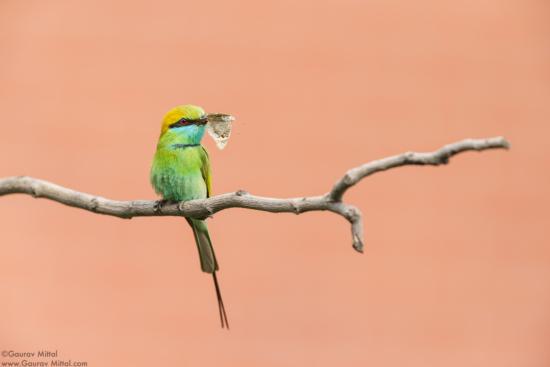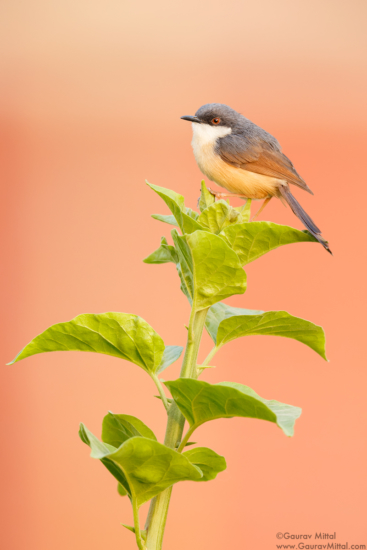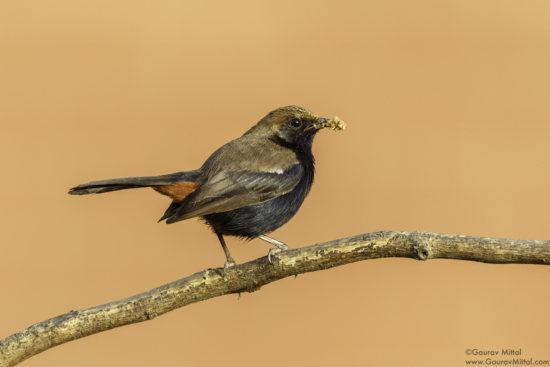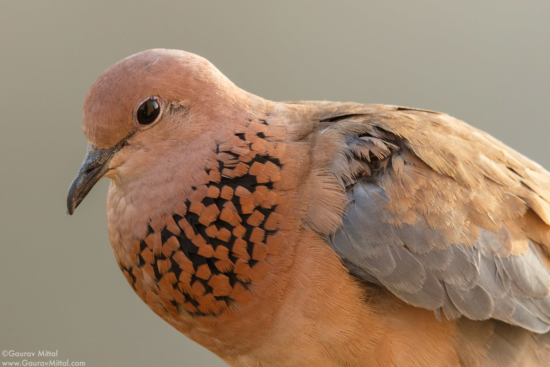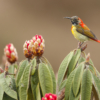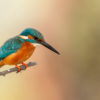Effective Tips for Backyard Bird Photography
I am intrigued and delighted by the enthusiasm of beginner bird lovers and aspiring photographers who spend days on end preparing for a trip to do bird photography in the wild. They get books, read the latest articles, and make intricate preparations before they venture out. And there I am, dying to tell them a thing or two that would save them a lot of frustration. Naturally, I always leave them to it, for fear of dampening their enthusiasm.
What I would tell them though has nothing to do with the intricacies of photography and everything to do with being better prepared before making long trips. You see, birds are birds, whether they are on the Himalayan mountains or on that pine tree behind the house. And before venturing out with a backpack full of lenses and accessories, it is important to acquire basic knowledge of bird behavior, as well as basic knowledge of bird photography. Doesn’t it make sense that the hit-and-miss nature of the learning process be undertaken in one’s own backyard rather than from an exotic destination? In this post, I share with you some simple tips on making your backyard, bird friendly so you can learn and enjoy having birds to photograph and practice your skills.
As you sit and read this article, look around you, there are plenty of birds around to photograph and practice on. Our feathered friends are dwelling along with us in urban cities. It makes all the more sense that before we make significant investment and time in making long exotic trips that we practice out skills in our homes. We have several year-round feathered friends who have taken well to life in the city: chirpers like Bee-eaters, Robins, Doves and Prinias. These and the occasional stray birds would love to keep coming back to their favorite spots on the nearby shrubs or trees and be photographed. In order to achieve this, we have to create an environment that is bird friendly and make our backyards a safe habitat.
Birds love to bathe, more so during the summers, so maintain a birdbath for them, cleaned and filled on a regular basis. Once they trust the set-up, they will love to frolic around the birdbath, providing you with plenty of opportunities for interesting shots.
Maintain a bird feeder, except that in this case we would need to devise a way to keep squirrels away, which is not an easy task. I like to provide a diversion for squirrels by providing them with nuts and scraps in another area, hoping that they would not go for the feeders.
When pruning shrubs, you may want to let some branches grow tall. Birds like to perch on high ground as a defense against predators or right before they go to the birdbath or a feeder. Moreover, properly maintained and pruned shrubs provide nice and clean looking perches, which help in creating pleasing images.
When photographing birds in your backyard, coming up with pleasing images can be a big challenge. Other homes, fences and wired lines can create obstructions or may look distracting in your images. In these situations, I follow the same rule when shooting in the wild, move around and look for more neutral backgrounds, the depth compression created by long lenses will help throw the background out of focus. Backgrounds in all of the above images are those of buildings in far distance.
Just as in the wild, developing trust with the birds that share the space around your home requires that you create a safe environment for them and maintain a distance. By following the very simple tips above, you will notice a gradual increase in trust among the birds, which will encourage them to keep returning and becoming part of your home’s backyard, giving you endless opportunities to sharpen your bird photography skills.

